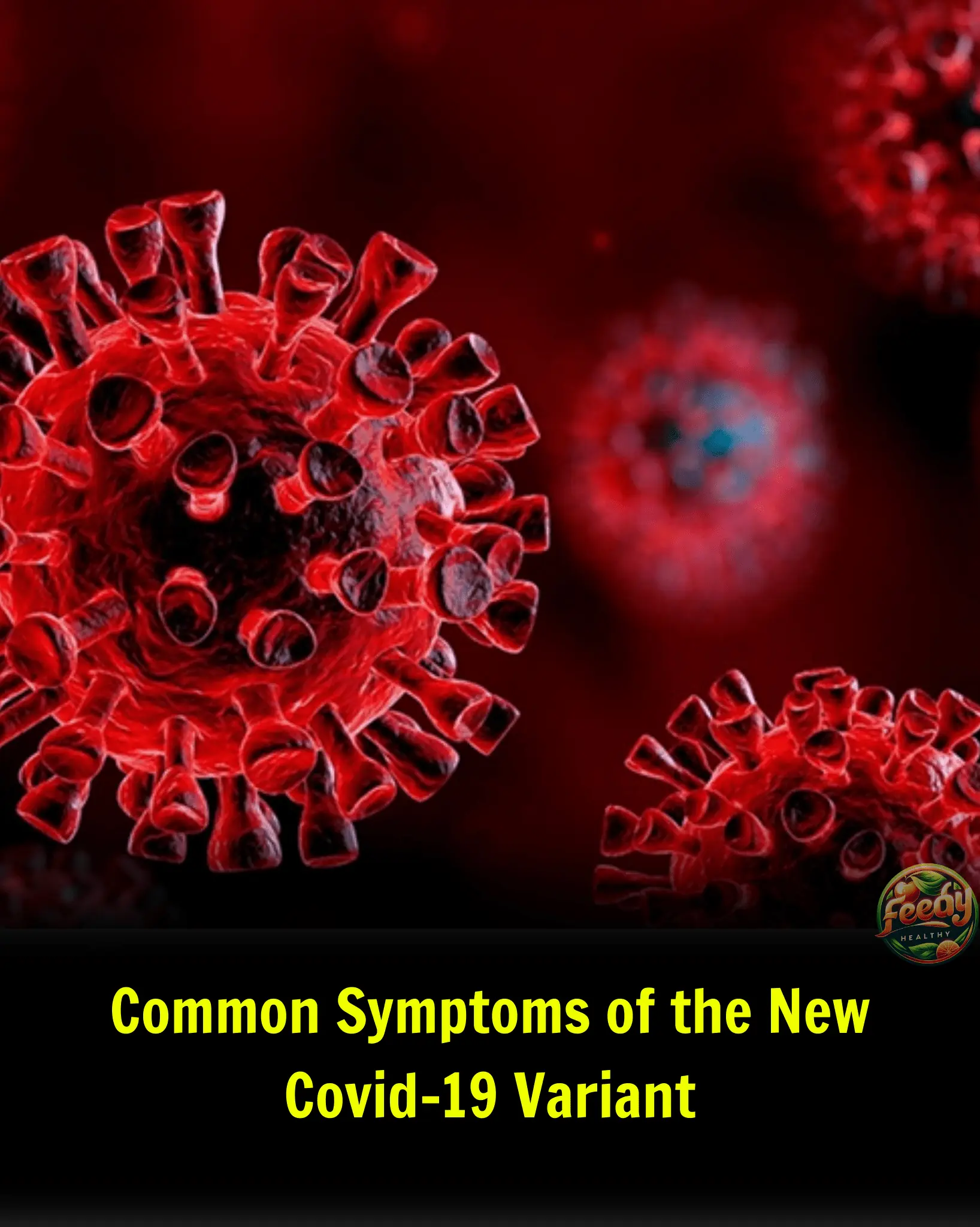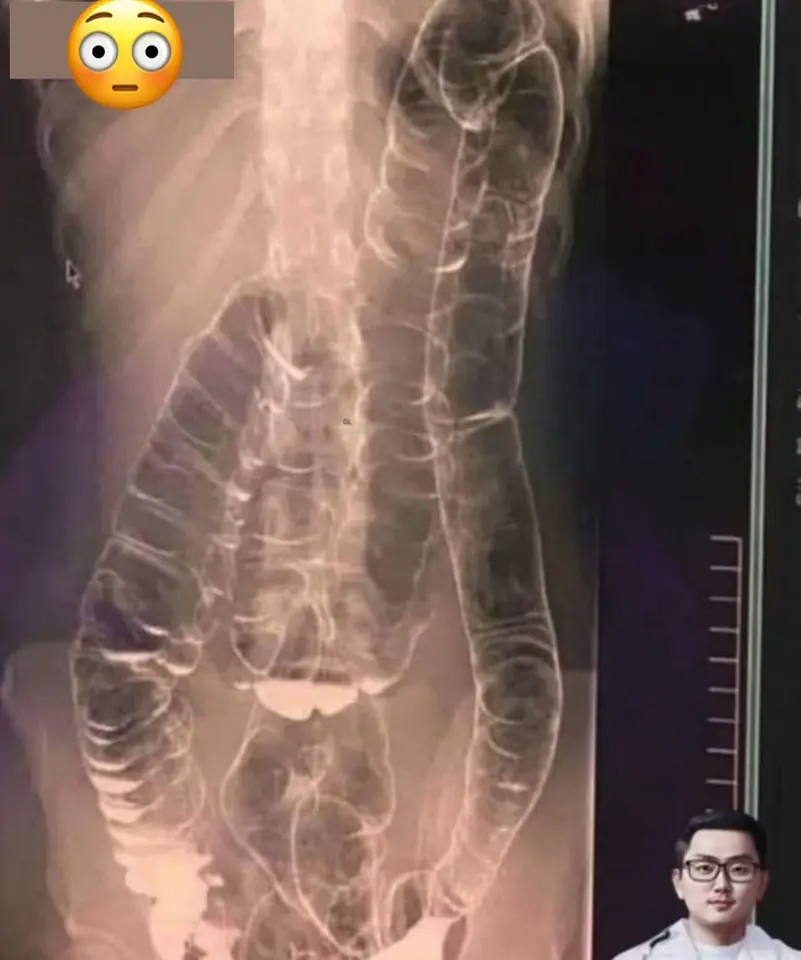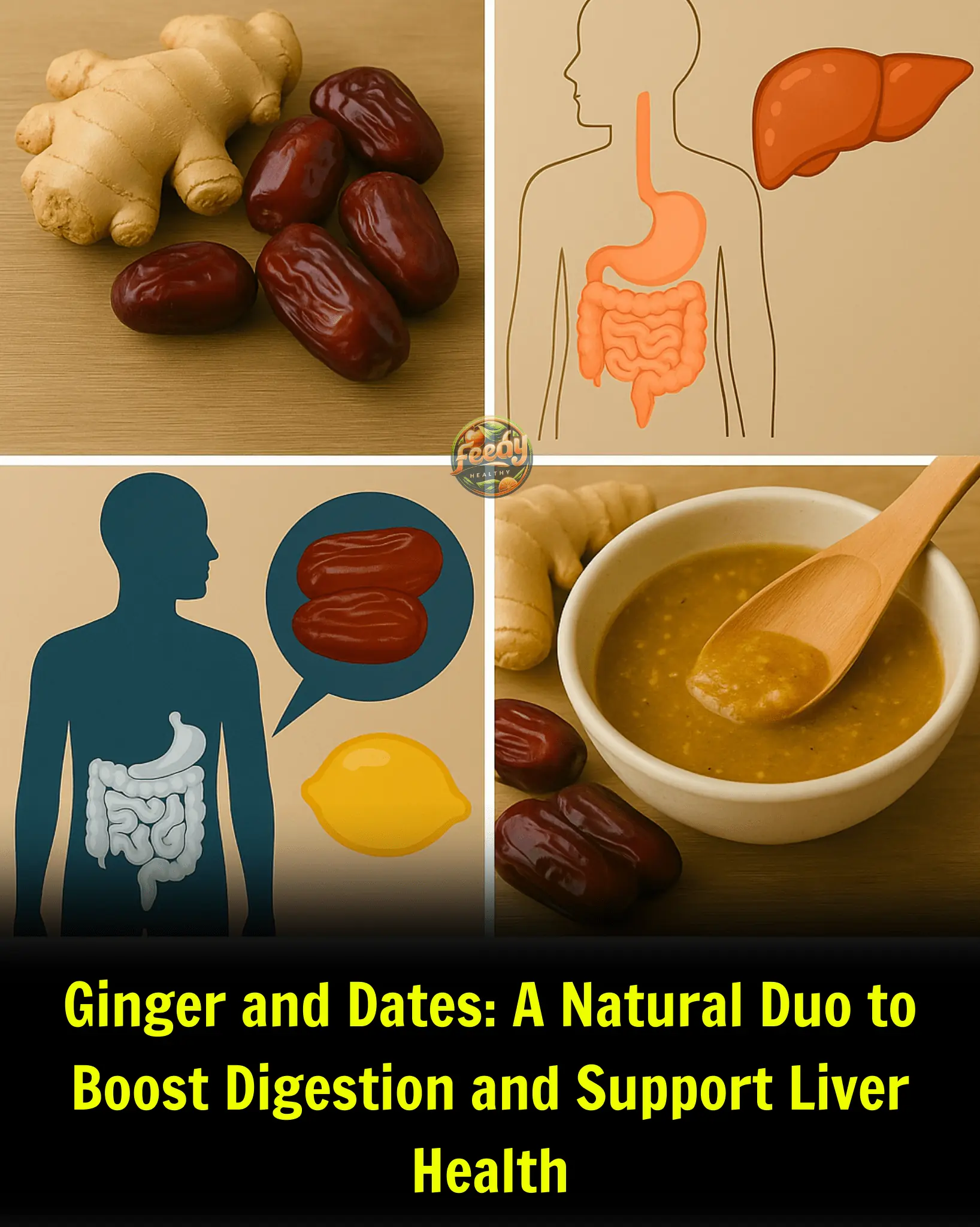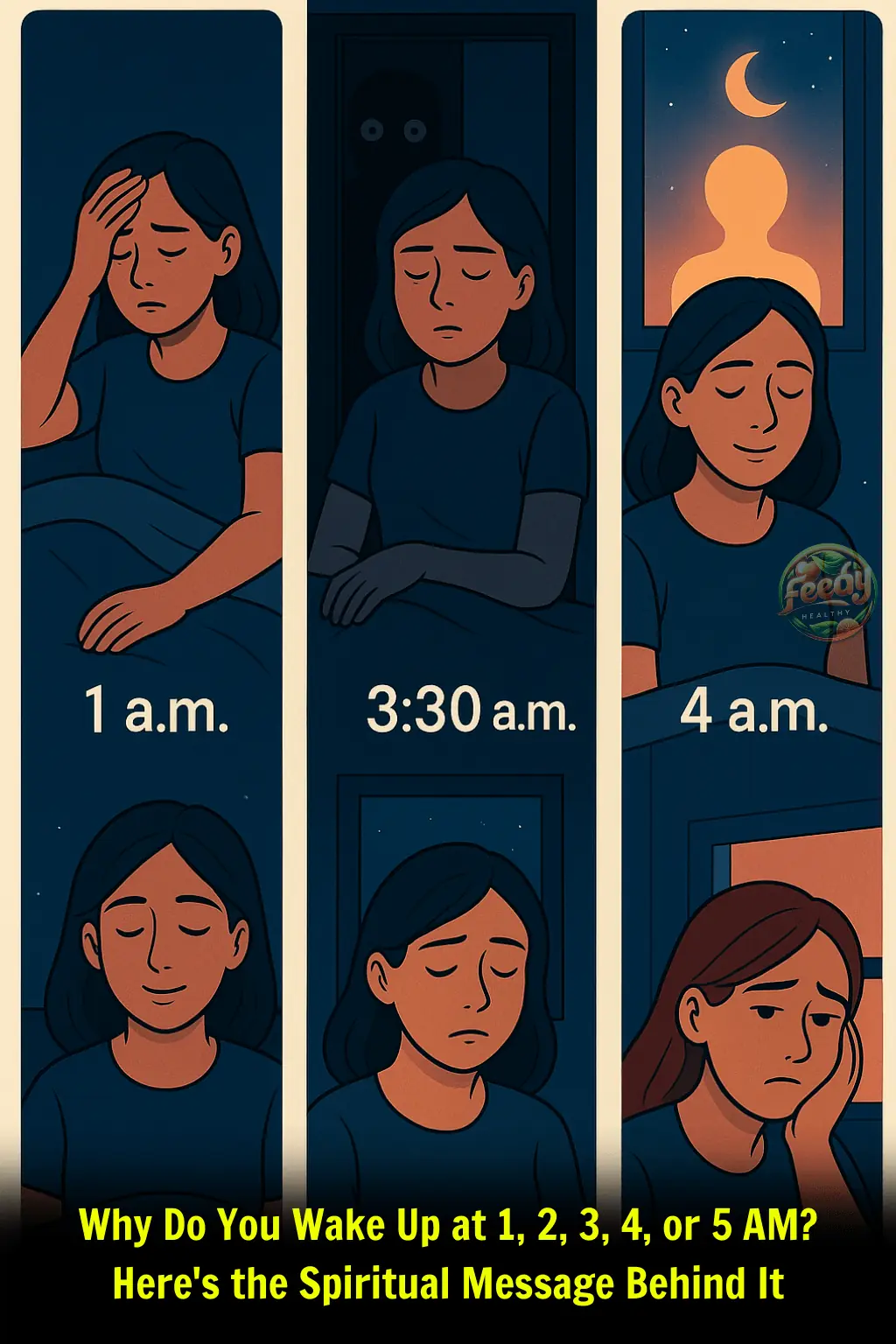
Common Symptoms of the New Covid-19 Variant

The XEC variant spreads seven times faster than the flu and is associated with five main symptoms: cough, fever, fatigue, sore throat, and loss of taste or smell.
XEC, a new subvariant of Omicron, is rapidly spreading across various countries, particularly in Thailand. Experts warn that this variant is significantly more contagious—up to seven times more than seasonal influenza—and presents with a set of symptoms that are often overlooked. Based on clinical data and expert evaluations, five symptoms have emerged as the most common signs of XEC infection.
1. Cough – The First and Most Noticeable Symptom
Coughing is among the earliest and most prevalent symptoms of XEC infection. Patients typically experience a dry, persistent cough accompanied by a scratchy or irritated throat. According to the Assure Covid-19 Lab in the U.S., over 70% of recent XEC cases reported this symptom.
“XEC-related coughing may persist for several days, even after other major symptoms have subsided,” said Dr. William Schaffner, an infectious disease expert at Vanderbilt University. He advises individuals experiencing prolonged coughing to self-isolate and monitor their respiratory health, as coughing is a highly contagious symptom.
2. Fever and Chills – The Body’s Response to Infection
While not every patient experiences fever, it remains a common symptom among those infected with the XEC variant. The fever usually ranges from mild to moderate (around 37.5–38.5°C), often accompanied by chills and body aches.
The Mayo Clinic notes that fever is a natural immune response triggered by the body to fight viral replication. Dr. Allison Arwady, a public health specialist in Chicago, explains that XEC-related fever generally does not last more than two to three days. However, in individuals with pre-existing health conditions, this symptom may become more severe.
3. Fatigue and Reduced Concentration
A striking characteristic of XEC infection is persistent fatigue, even after other symptoms improve. According to Johns Hopkins Medicine, over 40% of Covid-19 patients may continue to feel exhausted for days or even weeks after recovery.
In the case of the XEC variant, this fatigue is often accompanied by reduced concentration and mild insomnia. “Fatigue is not just an acute symptom; it also indicates the virus’s impact on the central nervous system,” said Dr. Emily Landon, an infectious disease expert at the University of Chicago.
4. Sore Throat from the First Day of Infection
Sore throat is another frequently overlooked symptom, especially during flu season. However, with the XEC variant, many patients report throat pain as one of the very first signs of infection. According to the U.S. CDC, Covid-19-related sore throat tends to appear suddenly and is often described as dry and burning, especially when swallowing.
“Unlike the flu, XEC patients typically do not exhibit nasal congestion or runny nose, making a sore throat a more prominent warning sign,” noted Dr. Jorge Moreno of Yale University.
5. Loss of Taste or Smell Remains a Key Indicator
Although more common with earlier Covid-19 variants, loss of taste or smell is still being reported among many XEC cases. This symptom usually emerges a few days after initial infection and can last for weeks.
Research published in the Journal of the American Medical Association links the loss of smell to inflammation in the nasal and throat areas. While this symptom is now less frequent than during the early pandemic phase, it remains a distinguishing feature that helps differentiate Covid-19 from other respiratory illnesses, according to Dr. Claire Hopkins, an ENT specialist in the UK.
News in the same category


Atrial Fibrillation and the Alarming Risk of Stroke Recurrence: What Can Be Done to Prevent It?

Why Are COVID-19 Cases Rising Again in India — and Should You Be Concerned?

The HEALTHIEST FRUIT on Earth: what happens to your body if you eat just 3 a day

Everything you need to know about chronic constipation: A hidden threat to your digestive health

The Powerful Avocado Seed, Cinnamon & Turmeric Tea: Health in Every Sip

Don’t Ignore These 5 Life-Saving Health Checks—They Could Detect Cancer Before It’s Too Late

"A Natural Doctor Sent by God Replaced My Pills with This Drink – And My Diabetes, Poor Circulation, Cholesterol, High Blood Pressure, and Swollen Legs Vanished!"

Never store your cooked rice without knowing this

Enhancing Digestion and Liver Health with Ginger and Dates

Should You Drink Water On An Empty Stomach When You Wake Up In The Morning?

Cleanse Your Liver and Veins Naturally in 3 Days!

Discover the Power of Miracle Seeds for Heart Health

The Natural Remedy Big Pharma Didn’t Want Dr. Frank Suárez to Reveal — A Powerful Formula for Cancer, Diabetes, High Blood Pressure, Cholesterol, and Heart Attack Prevention

🌿 The Natural Drink That Transformed My Dad’s Life — A Doctor's Recommendation

Why Do You Wake Up at 1, 2, 3, 4, or 5 AM? Here's the Spiritual Message Behind It

Early signs of diabetes many fail to notice

The Drink That Lowers Triglycerides, Reduces Blood Sugar, and Deflates the Belly

This Natural Drink Transformed My Mother’s Health After 30 Years
News Post

What Are 'Ozempic Teeth'? Understanding the New Side Effect of the Popular Weight-Loss Drug

Atrial Fibrillation and the Alarming Risk of Stroke Recurrence: What Can Be Done to Prevent It?

DIY Rice Cream for Glowing Skin – Anti Aging Cream

Why Are COVID-19 Cases Rising Again in India — and Should You Be Concerned?

Add these tablets in your oil, no hair fall and fast hair growth

Vitamin E Benefits For Hair

Super Drink for Weight Loss: Lose Weight in Just 21 Days

The HEALTHIEST FRUIT on Earth: what happens to your body if you eat just 3 a day

Everything you need to know about chronic constipation: A hidden threat to your digestive health

5 Countries Making It Harder for Americans to Live and Work Abroad

Chilling last words of trainer ripped apart by ‘psychotic’ killer whales

Revitalize your skin with this rice gel

How To Use Aloe Vera for Beautiful Skin

Animal lover finds squirrel with giant tooth, brings him home and gives him a new opportunity – thank you

The Powerful Avocado Seed, Cinnamon & Turmeric Tea: Health in Every Sip

10 Benefits to Drinking Warm Water (No Lemon Required)

Don’t Ignore These 5 Life-Saving Health Checks—They Could Detect Cancer Before It’s Too Late

"A Natural Doctor Sent by God Replaced My Pills with This Drink – And My Diabetes, Poor Circulation, Cholesterol, High Blood Pressure, and Swollen Legs Vanished!"
